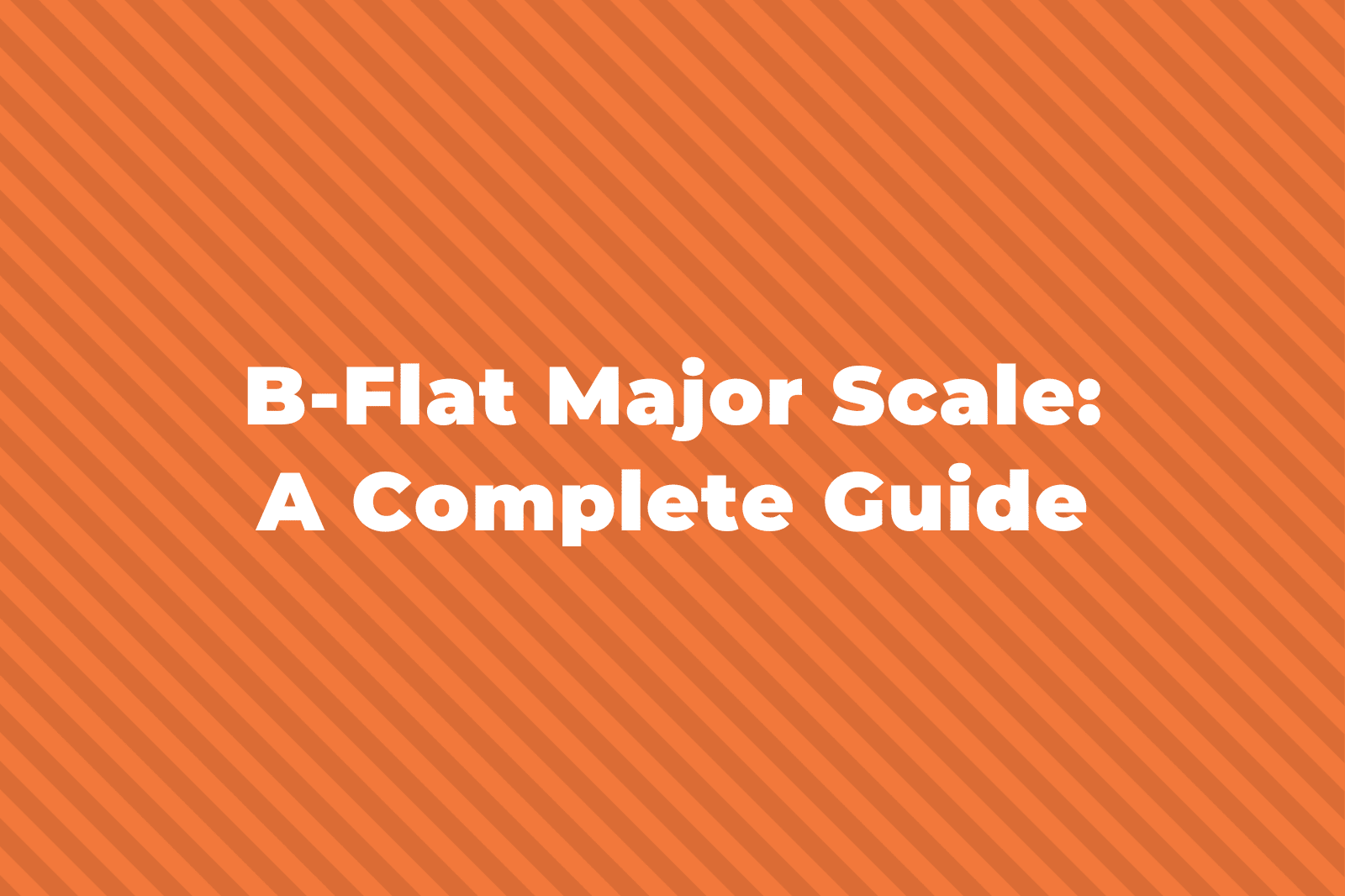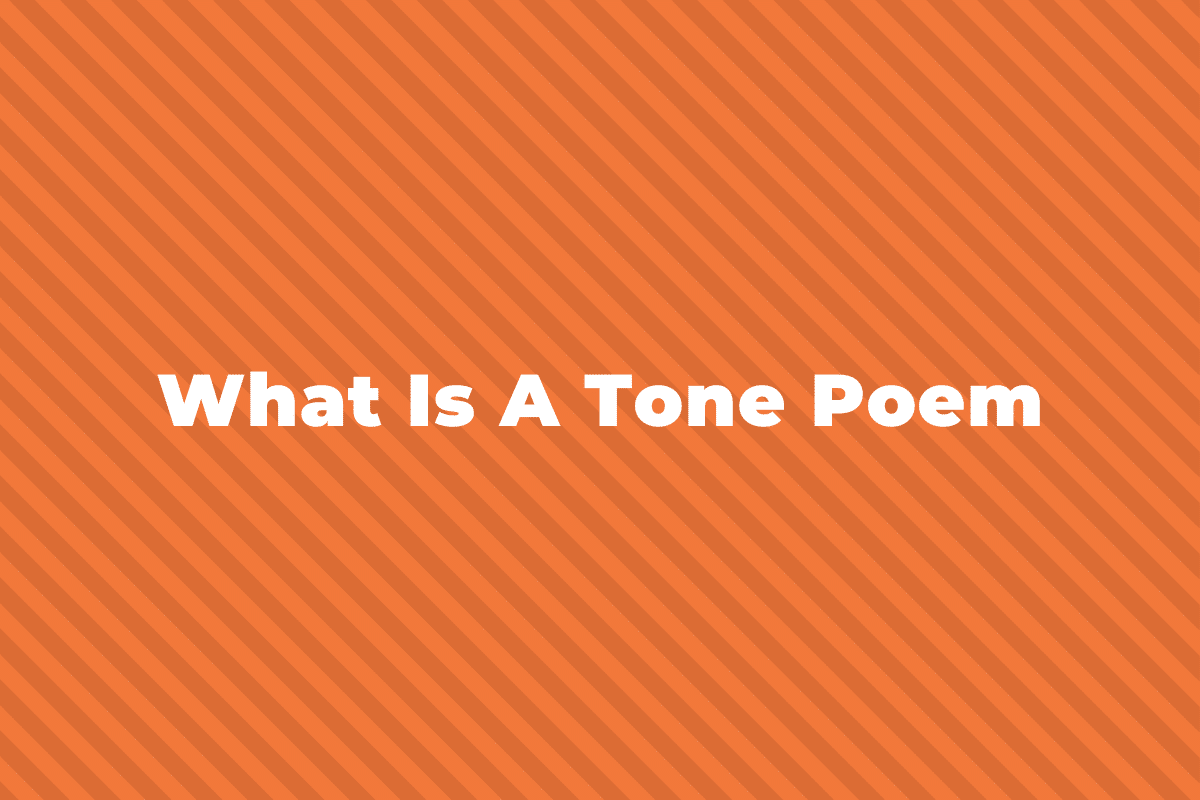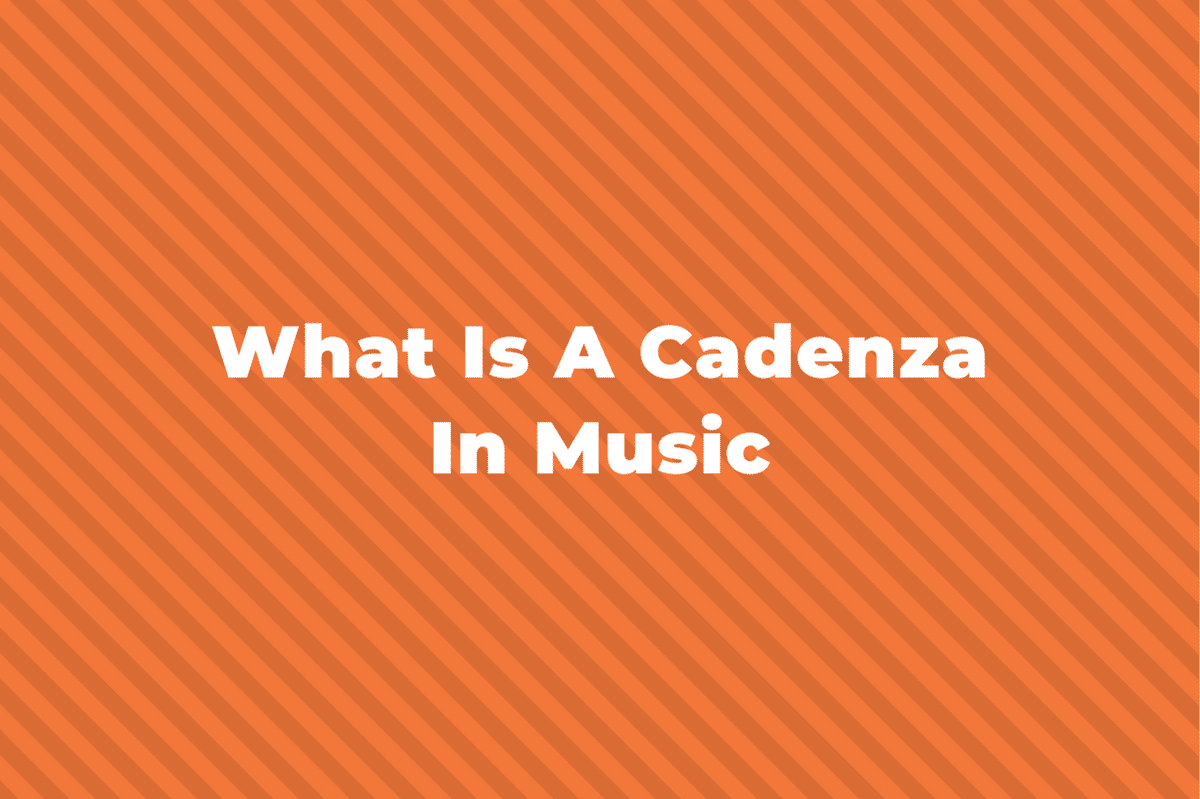Melody is one of the three main parameters that makes music out of a collection of sounds and beats alongside harmony and rhythm. It is probably the most easily recognized aspect of music, and if someone randomly came up to you and asked you to make music, you would probably first produce a melody.
So, let’s take an in-depth look and answer the question: What is melody?
The Definition of Melody
Just like harmony is the main way to organize notes and pitches vertically, the main way to organize them horizontally is melody.
A melody is a series of notes played in an order that is memorable and recognizable as a separate unit.
Let’s take that definition and break it down in order to understand it better.
Related: See our guide to what is pitch in music here.
A Melody is a Series of Notes
A melody can’t just be made of one note. You can’t just hum a note and call it a melody, and probably even two or three notes are too short.
Most melodies have a lot more than that – for example, Happy Birthday is a super easy melody to learn and sing, and it’s 25 notes long!

That being said, a melody can have very few pitches of notes and still be classed as a melody.
An excellent example of this is perhaps ‘One Note Samba’ by Antonio Carlos Jobim. Despite its name, the head of the song only has two pitches.
Played in an order that is memorable
A melody should be relatively simple to memorize and reiterate.
Random notes played in an order that is hard to predict and hard to remember after they’ve been played usually don’t count as a melody.
And recognizable as a separate unit
A melody must be separate enough from the notes around it (the harmony) in order to be recognized as a melody.
If the notes blend too much with the notes around it, or if you can’t hear the notes, then it most likely doesn’t count as a melody.
Examples of Melodies
In most of the music you hear on the radio like pop and rock music, jazz music, and classical music will have a melody that fits all three of these criteria.
How they do this differs – for example, in radio music, you’d have the one vocalist singing the melody, whereas in classical music you’d have multiple instruments all playing the melody at the same time.
Sometimes you’d have multiple instruments or singers playing different melodies at the same time, which is called polyphony.
In very simple terms, a melody is something that is “hummable”.
Take these three examples – their melodies are very easy to sing along to and instantly recognizable if you’ve ever heard them before.
One of the more famous melodies in classical music is the Strauss waltz “The Beautiful Blue Danube”:
A very famous melody from pop music is the song “Yesterday” by The Beatles:
One of the most famous jazz melodies is “In the Mood” by Glenn Miller Orchestra:
The Building Blocks of Melody
Melody is often made up of smaller segments that repeat.
Let’s take Happy Birthday as an example, like before.

This melody consists of four separate phrases.
Phrases
A phrase is like a small subsection of melody, and consists of two or three notes or up to 10 or so.
The phrases in Happy Birthday are either 6 or 7 notes long.
Phrases usually end with what is called a cadence.
If you think of a pop song you would hear on the radio, like “Photograph” by Ed Sheeran, you can think of a phrase as a “line” of the song.
So in the chorus, there are four phrases. See if you can spot them!
Motifs
Another smaller unit of melody is called the motif.
Motifs are less directly connected to melodies than phrases are, but they still can be built upon and combined to form a melody, and a phrase and a motif can sometimes be one and the same thing.
A motif is also a bit more hard to define and to notice – it’s mainly just a short, repeating figure or fragment that has some significance in a melody or in a composition.
A famous example of a motif being used to form a melody is Beethoven’s Fifth Symphony.
At the beginning, the motif is played twice, and then the violins play the motif multiple times to form the basis of the melody used throughout the piece.
In film music, a motif often just means a phrase or melody that is associated with a specific character or place that plays different times throughout the film.
For example, when you see Darth Vader enter a room or a spaceship, or even when he is mentioned or thought of, this motif plays:
Another example is this motif, which is associated with a film franchise as a whole, rather than one specific person or place:
Summing Up Melody
To sum up, melody is one of the most important aspects of music.
Many music scholars and musicians believe that melody is the highest form of music, and that harmony and rhythm are just there to better serve the melody.
Johann Kirnberger (1771) said “The true goal of music – its proper enterprise – is melody.”
So it is quite important to know how to recognize it and how to create one!




